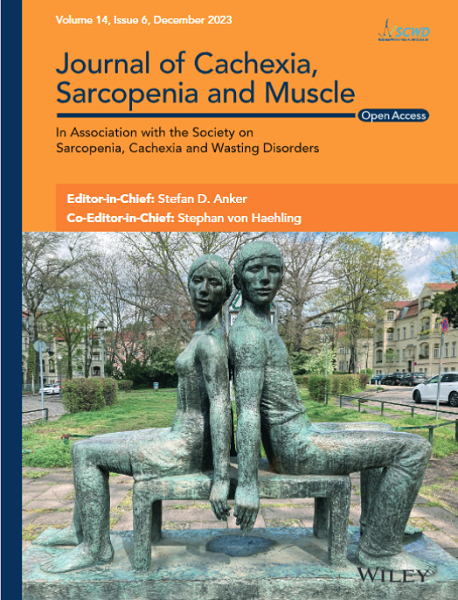Nutritional Status Predicts Functional Recovery and Adverse Outcomes in Older Adults: A Prospective Cohort Study
Abstract
Background
Despite the high prevalence of malnutrition in acutely ill older patients, nutritional status is rarely assessed in emergency departments (EDs), and the impact of nutritional risk screening on functional recovery is poorly understood. This study aimed to investigate the association between nutritional parameters and a range of outcomes in older patients admitted through the ED.
Methods
A prospective cohort study was conducted at tertiary hospital, enrolling patients aged 65 years or older between November 2021 and April 2022. We collected data on various patient parameters, including demographics, clinical factors (Charlson Comorbidity Index [CCI], National Early Warning Score 2), nutritional status (Nutritional Risk Screening 2002; Global Leadership Initiative on Malnutrition criteria) and geriatric measures (Clinical Frailty Scale, Katz Index of Independence in Activities of Daily Living [ADL], Lawton and Brody Instrumental ADL, and PRO-AGE vulnerability tool). The primary outcome was functional recovery, and secondary outcomes included nosocomial infection, prolonged length of stay (LoS), in-hospital and postdischarge mortality, and hospital readmissions up to 6 months. Fine–Gray competing risks regression and multivariable logistic regressions were employed and adjusted for age, sex, education, CCI, functional status, LoS and initial allocation to intensive care.
Results
A total of 780 patients (mean age 80 ± 9 years, predominantly male) were included, with 32.2% identified as at nutritional risk and 22.1% diagnosed with malnutrition. Patients with no nutritional risk had a higher significantly functional recovery up to 6 months (79% vs. 66%, sub-HR = 1.28, 95%CI 1.04–1.57, p = 0.029), whereas nutritional risk was independently associated with in-hospital (13% vs. 2%, OR = 4.24, 95%CI 1.53–11.74, p = 0.005) and postdischarge (14% vs. 4%, OR = 2.76, 95%CI 1.17–6.49, p = 0.02) mortality. Finally, malnutrition was independently associated with nosocomial infection (12% vs. 2%, OR = 5.43, 95%CI 2.56–11.5, p < 0.001), prolonged LoS (56% vs. 22%, OR = 2.79, 95%CI 1.84–4.22, p < 0.001) and postdischarge mortality (13% vs. 4%, OR = 2.76, 95%CI 1.36–5.61, p = 0.005).
Conclusions
Nutritional parameters were significant predictors of functional recovery, nosocomial infection, prolonged LoS and mortality in older patients admitted through the ED. Early identification and interventions targeting nutritional deficiencies should be explored to improve outcomes in this vulnerable population.


 求助内容:
求助内容: 应助结果提醒方式:
应助结果提醒方式:


